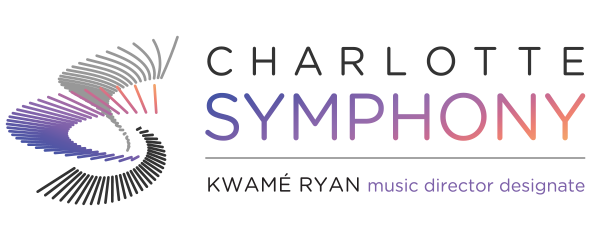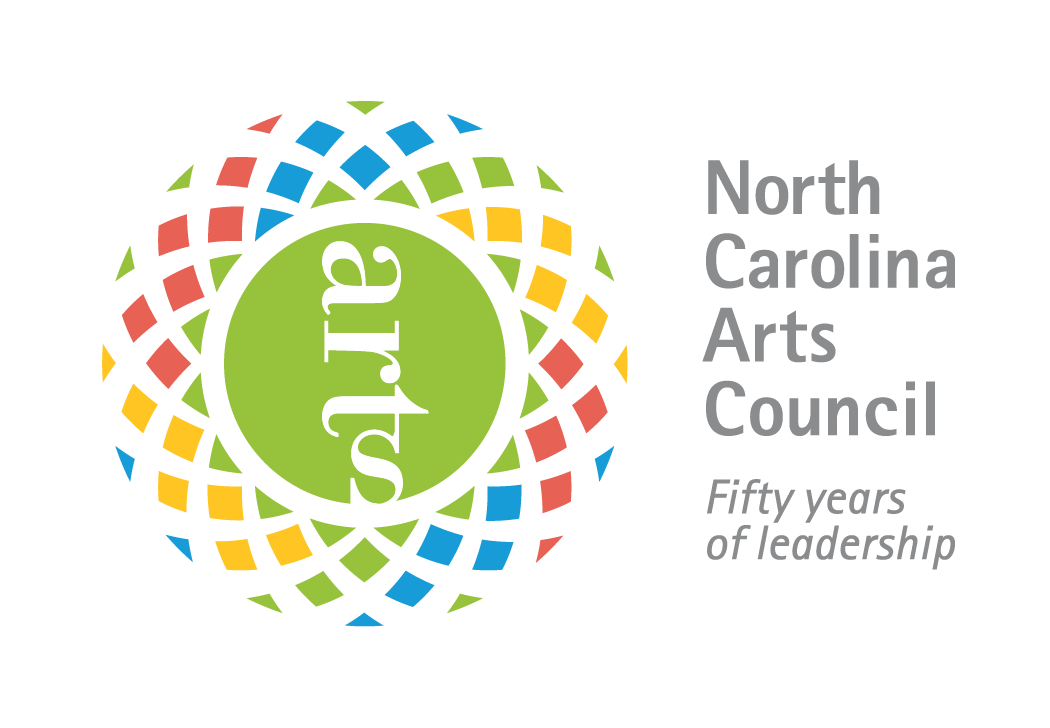Creating music and listening to music are among the core activities that make us human. Every human culture has music. There is evidence that even the Neanderthals sang, and bone flutes, with multiple holes to play sophisticated scales, have been discovered and dated from 35,000-40,000 years old.
Birds and whales sing; coyotes howl at the moon, but no animal's music-making is as widespread, as complex, or as creative as humans.' And no animal's music demonstrates the vast innovation that human music demonstrates.
Studies of music and the brain are on the cutting edge of neurological research. Questions of how our brains process music, how music impacts the human body and mind, and how much of our response to music is based on cultural upbringing have fascinated scientists and philosophers for centuries, but in the last decade, technological advances have created new opportunities for intense study.
Through sophisticated imaging technologies, it is now possible to actually see the brain at work as we listen to or create music. While scientists once believed that there was just one center in the brain for processing music, they now know that music is processed all over the brain, activating cells and neurons throughout our gray matter. We process melody with one part of the brain, for example, and harmony and rhythm with other parts. Engagement with music, in fact, is just about the most complicated mental activity that human beings do.
Music affects emotion, memory, motor control, attention, imagery, pattern perception, and learning. It also impacts our health. Because of its many touch points, neuroscientists are now using music to learn about the brain and how it operates, and the medical field is using music to aid in therapy and healing. Music helps steady the heart rates of premature babies. It helps stroke victims regain the ability to speak. The presence of a steady beat helps people with Parkinson disease control their motions in an orderly fashion and walk with greater control.
The irony is that at the very time scientists are discovering how music stimulates the brain and promotes learning, arts education resources are disappearing from the schools. As scientists learn more about music and the brain, it is becoming apparent that learning to actively listen to an orchestra or play an instrument or sing in harmony is vital to a healthy, well-developed mind.
We should insist on high-quality musical experiences for all children. And we should seek out those opportunities for ourselves, to keep those synapses firing.
Birds and whales sing; coyotes howl at the moon, but no animal's music-making is as widespread, as complex, or as creative as humans.' And no animal's music demonstrates the vast innovation that human music demonstrates.
Studies of music and the brain are on the cutting edge of neurological research. Questions of how our brains process music, how music impacts the human body and mind, and how much of our response to music is based on cultural upbringing have fascinated scientists and philosophers for centuries, but in the last decade, technological advances have created new opportunities for intense study.
Through sophisticated imaging technologies, it is now possible to actually see the brain at work as we listen to or create music. While scientists once believed that there was just one center in the brain for processing music, they now know that music is processed all over the brain, activating cells and neurons throughout our gray matter. We process melody with one part of the brain, for example, and harmony and rhythm with other parts. Engagement with music, in fact, is just about the most complicated mental activity that human beings do.
Music affects emotion, memory, motor control, attention, imagery, pattern perception, and learning. It also impacts our health. Because of its many touch points, neuroscientists are now using music to learn about the brain and how it operates, and the medical field is using music to aid in therapy and healing. Music helps steady the heart rates of premature babies. It helps stroke victims regain the ability to speak. The presence of a steady beat helps people with Parkinson disease control their motions in an orderly fashion and walk with greater control.
The irony is that at the very time scientists are discovering how music stimulates the brain and promotes learning, arts education resources are disappearing from the schools. As scientists learn more about music and the brain, it is becoming apparent that learning to actively listen to an orchestra or play an instrument or sing in harmony is vital to a healthy, well-developed mind.
We should insist on high-quality musical experiences for all children. And we should seek out those opportunities for ourselves, to keep those synapses firing.







